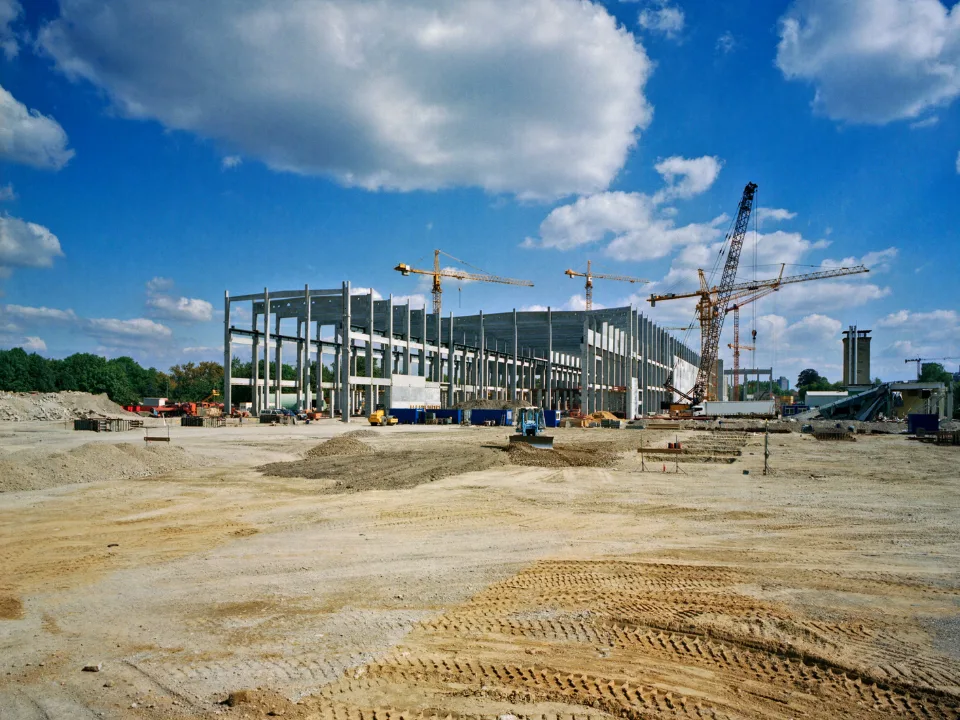- Multifamily sector saw strong absorption in 2024, but slipping consumer sentiment and economic uncertainty could test the market’s resilience in 2025.
- Key concerns include weakening consumer confidence, rising inflation expectations, and ongoing trade tensions.
- Markets with high in-migration like Dallas/Fort Worth may weather uncertainty better, with demand still projected to outpace new supply.
- Despite short-term turbulence, long-term fundamentals for multifamily remain solid due to continued housing shortages and demographic tailwinds.
A Strong Start With Growing Headwinds
According to GlobeSt, the multifamily market entered 2025 on solid ground, buoyed by strong demand and positive consumer sentiment early in the year. Net absorption hit 663,000 units in 2024—the second-highest annual total on record. Only 2021 saw a higher number.
However, investor sentiment is starting to shift. Peter Standley, Director at Marcus & Millichap, says the bond market, a falling U.S. dollar, and ongoing trade tensions are making investors cautious. The new administration’s agenda has added more uncertainty.
Sentiment Slips, Risk Rises
The US Consumer Sentiment Index has hit its lowest point since the pandemic. Consumers are worried about rising inflation, job losses, and tariffs. These concerns weigh heavily on confidence.
Household formation often follows consumer sentiment. When confidence falls, people delay moving out or upgrading to a new rental. That hesitation could slow leasing activity.
Vacancy rates were expected to decline in 2025. But with growing uncertainty, that outcome is now less certain.
Get Smarter about what matters in CRE
Stay ahead of trends in commercial real estate with CRE Daily – the free newsletter delivering everything you need to start your day in just 5-minutes
Supply Meets Migration—A Market Balancing Act
Despite concerns, demand still looks strong in several regions. In 2024, developers brought 585,000 new units to market. They plan to add another 410,000 this year.
Some metros, like Dallas/Fort Worth, are better positioned to handle the influx. According to Standley, the area expects 100,000 new units between 2023 and 2025. It also draws roughly 100,000 new residents per year.
That population growth should help absorb supply without significant disruption.
What Comes Next?
Short-term risks remain. But the long-term outlook for multifamily is still positive. The US faces a chronic housing shortage, and demographic trends favor rental housing.
“Policy could shift, and the entire landscape could change by tomorrow,” Standley said. “This is the challenge investors face. The long-term outlook remains very strong, and 2025 will be a pivotal year for multifamily investing.”


















